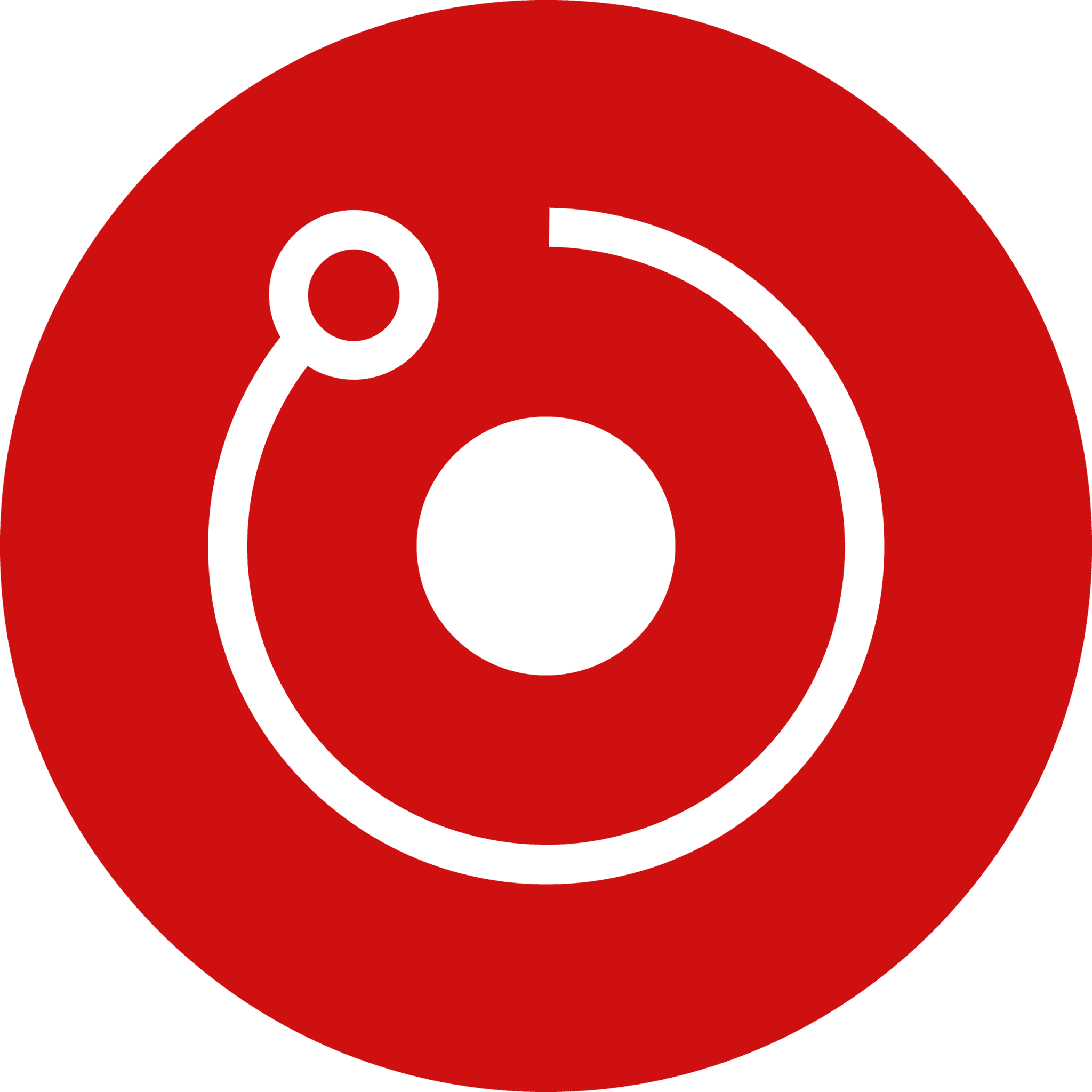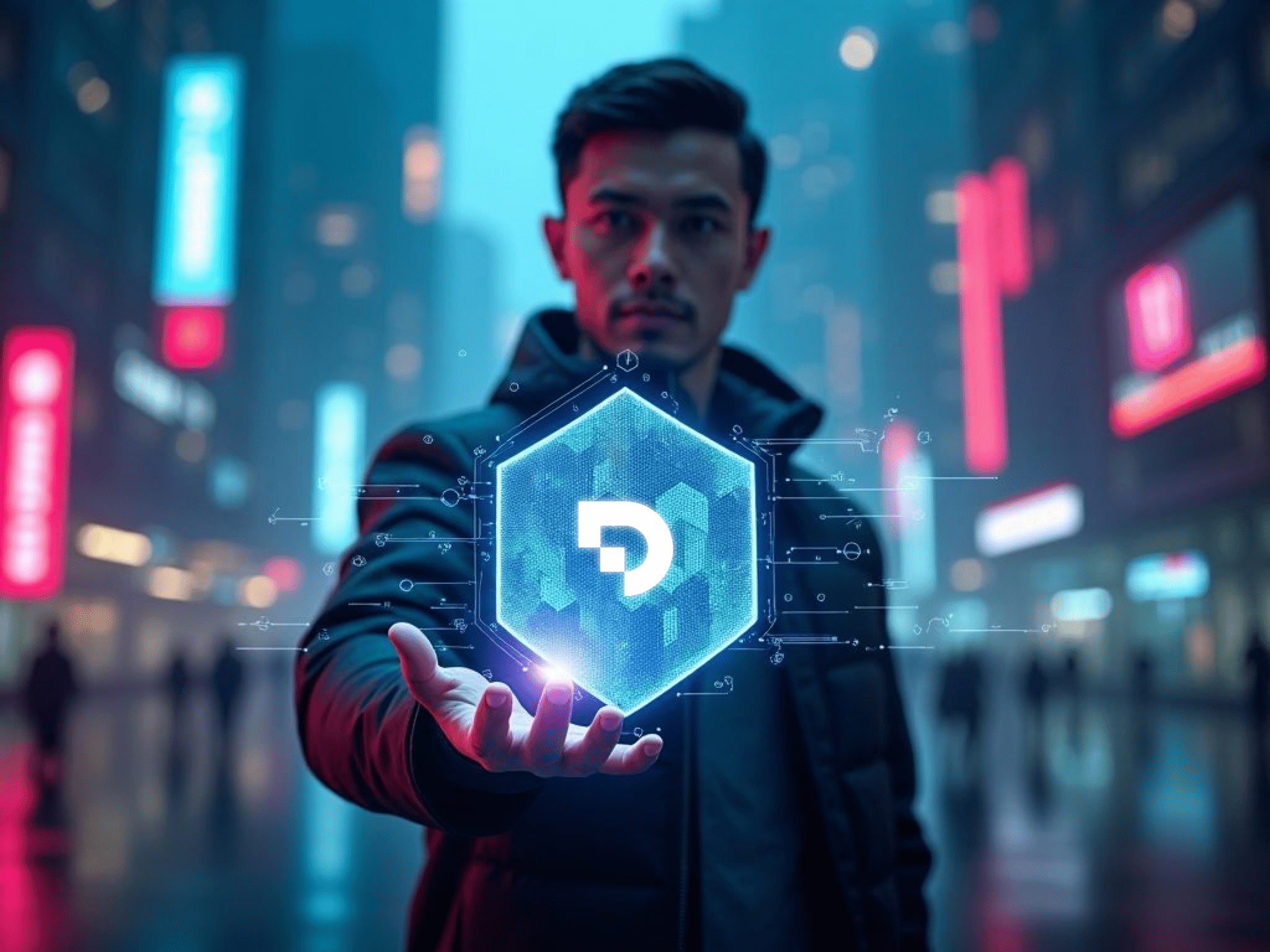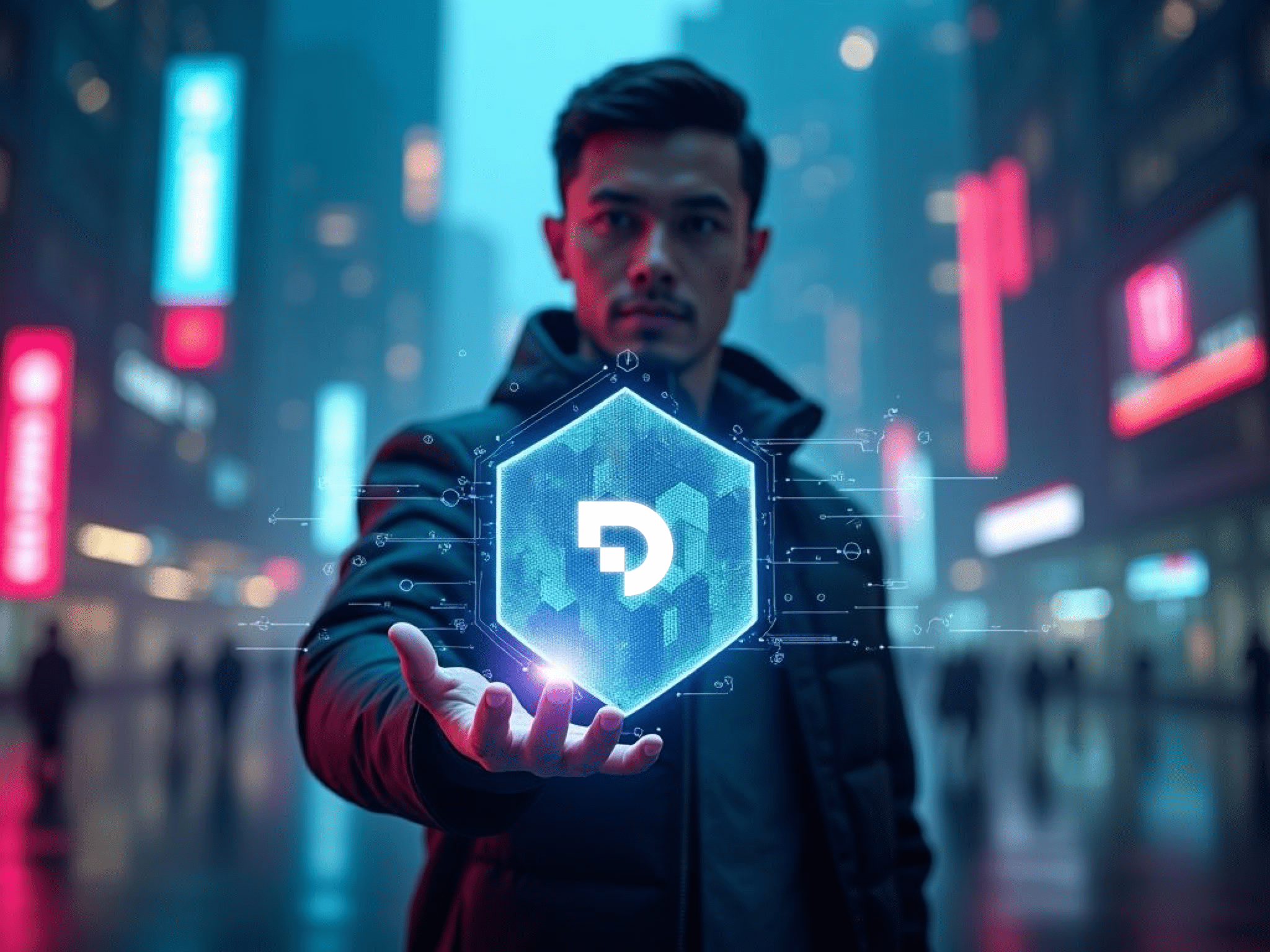Introduction: What is the Render Network?
The Render Network, launched in 2017, represents a groundbreaking advancement in GPU cloud rendering. It’s the first decentralized GPU rendering platform designed to transform the power of GPU computing into a decentralized economy of connected 3D assets. At its core, the Render Network creates a marketplace that connects creators needing computational power for complex 3D rendering with providers offering available GPU power.
The network’s vision extends beyond simple rendering tasks. It aims to provide a platform for a wide array of computation tasks – from basic rendering to artificial intelligence – facilitated swiftly and efficiently in a blockchain-based peer-to-peer network. This approach ensures operations are free from error or delay while maintaining secure property rights for all participants.
The Problem
Our visual world is evolving at an unprecedented pace. The demand for state-of-the-art graphics is skyrocketing, especially in emerging fields like augmented and mixed reality. These new forms of content require more rendering power than today’s HD or 4K imaging. This exponential increase in demand leads to several key issues:
- Computational Bottleneck: Producing next-generation media requires exponentially more computing power than what’s available in the centralized GPU cloud.
- Resource Competition: There’s fierce competition for resources within the centralized GPU cloud, leading to availability constraints and prohibitively expensive pricing for many artists.
- Inefficient Use of Existing Resources: Most artists’ GPUs remain idle when not rendering their work or become unused after upgrading to new models.
- Sustainability Concerns: Excess GPU supply from proof-of-work cryptocurrency mining has led to an unsustainable arms race, with energy consumption costs often exceeding marginal revenue.
The Solution
The Render Network addresses these challenges through a multi-faceted approach:
- Decentralized GPU Network: The render network dramatically increases the available rendering power by harnessing unused GPU cycles from a global network of providers.
- Efficient Resource Allocation: The network matches creators’ needs with available GPU power, ensuring efficient resource use.
- Cost-Effective Rendering: This approach allows for rendering at fractions of the cost compared to centralized GPU clouds.
- Scalability: The decentralized nature of the network allows for near-unlimited scaling of GPU rendering work.
- Sustainable Use of GPU Power: The network promotes more sustainable use of computing resources by repurposing GPUs from cryptocurrency mining to productive rendering tasks.
The Technology
a) Decentralized Oracle Network: The network operates as a decentralized oracle system, connecting blockchain smart contracts with external data sources. The process involves:
- Oracle Selection: Smart contracts request data through a Service Agreement.
- Data Retrieval: Multiple nodes retrieve data from various external sources.
- Data Aggregation: Nodes aggregate the data and reach a consensus on its accuracy.
- Result Delivery: The final result is delivered back to the smart contract.
b) ORBX File Format and Streaming Framework: ORBX is a crucial component of the Render Network’s technology. It’s an open container format that captures scene data (assets) and an XML render graph describing the scene’s semantics. Key features include:
- Support for over 20 industry-leading Digital Content Creation (DCC) tools
- Compatibility with industry-standard sub-formats like Alembic, OpenVDB, EXR, Open Shader Language (OSL), and gLTF
- Ability to stream from a URL or URI over raw UDP/tcp or web wss or HTTPS
- One-click exporting process from OctaneRender interface
c) Reputation System: The network employs a dynamic reputation scoring system for Node Operators and Creators. This system helps efficiently assign work and reduce unintentional congestion from failed renders or malicious attacks.
d) Multi-Tier Pricing (MTP): To provide flexibility, the network offers Multi-Tier Pricing. Creators can choose from multiple pricing tiers based on their speed, cost, security, and Operator reputation preferences.
e) Burn and Mint Equilibrium (BME): Implemented through RNP-001, the BME model manages network operations. It allows for consistent service pricing within a multi-sided disproportionate centralized economy, enabling Creators to predictably manage rendering costs and Node Operators to provide rendering services.
Token Overview: RENDER
RENDER is the native token of the Render Network, playing a crucial role in the ecosystem. As of August 18, 2024, here are the key details about RENDER:
Origin and Development:
- Created on the Ethereum blockchain, migrated to a new contract in 2018.
- In November 2023, RENDER was launched as a Solana SPL token, with an upgraded portal for migration from RNDR to RENDER.
Supply and Emissions:
- Current max supply: 536,870,912 RENDER (2^29).
- In January 2023, RNP-001 introduced an emissions mechanism to administer the Burn-Mint Equilibrium (BME), increasing the total supply to 644,245,094 RENDER over time.
Token Allocation: The current allocation of RENDER tokens is as follows:
- Inflation: 10.03%
- Escrow for Subsequent Distribution: 3.76%
- Escrow for Partners: 51.09%
- Public & Private Sale: 35.12%
This allocation structure ensures a balanced distribution among various stakeholders, with a significant portion reserved for partners to foster ecosystem growth and development.
Unlock Progress: As of August 18, 2024, the unlock status of RENDER tokens is:
- Unlocked: 308.21M RENDER (47.85%)
- Locked: 32.19M RENDER (5%)
- Untracked: 303.77M RENDER (47.16%)
This gradual unlocking process helps maintain market stability while progressively increasing token circulation.
Purpose and Utility: RENDER serves multiple functions within the network:
- Governance: Token holders can participate in decision-making processes through the Render Network Protocol (RNP) system.
- Incentivization: RENDER rewards Node Operators for providing GPU resources and Creators for network usage.
- Transaction Facilitation: It’s the primary medium of exchange within the ecosystem, used for paying rendering services.
- Burn-Mint Equilibrium: The BME mechanism uses RENDER burning and minting to balance network economics.
Future Developments
The Render Network team continues to expand RENDER’s utility and improve its tokenomics. Future proposals through the RNP system may further refine the token’s role in the ecosystem, introducing new use cases or adjusting emission schedules to align with network growth and demand.
How It Works
The Render Network operates through a series of interconnected processes:
- Job Submission: Creators submit rendering jobs to the network, specifying their requirements and preferences.
- Node Allocation: The network assigns jobs to Node Operators based on factors such as hardware requirements, time on the network, user reputation, and node reputation score.
- Rendering Process: Node Operators process the rendering jobs using their GPU resources.
- Verification: Completed work is verified and recorded on the blockchain, ensuring transparency and trust.
- Payment: Creators pay for services in RENDER tokens, with 95% of the fee used to purchase and burn RENDER from liquidity pools.
- Rewards: Node Operators are rewarded with RENDER for their contributions, including availability and job completion rewards.
Use Cases and Applications
The Render Network supports a wide range of GPU workloads and applications:
- Visual Effects and Motion Graphics: Enabling independent artists and studios to produce large-scale 3D visual effects.
- Virtual Assets and NFTs: Creating non-fungible tokens and virtual assets with deep levels of provenance.
- Virtual Production: Combining live action with large-scale rendered 3D environments for filmmaking.
- Projection Mapping: Rendering large-scale 16K+ resolution 3D graphics for concerts and venues.
- Product Design: Rapidly prototyping at scale through parallelized GPU rendering.
- Architecture: Creating immersive 3D visualizations and virtual reality renders of architectural designs.
- Scientific Simulations: Rendering complex physically based simulations for various scientific fields.
- Artificial Intelligence: Supporting AI applications from prompt-based 3D content creation to AI training.
Governance and Community Involvement
The Render Network employs a community-driven governance model:
- Render Network Foundation: A non-profit dedicated to maintaining the core protocol and growing the community.
- Render Network Protocol (RNP): The process by which the community can affect change on the network.
- Community Participation: Users can engage by purchasing RENDER tokens, running nodes, using the network for rendering, participating in governance, and joining community discussions.
Conclusion and Future Outlook
As of August 2024, the Render Network has made significant strides in revolutionizing GPU cloud rendering. With nearly half of its tokens unlocked and in circulation, the project has demonstrated steady progress in building its ecosystem and user base.
The current token allocation, with a significant portion reserved for partners and future distribution, suggests a long-term vision for sustainable growth. This approach allows for strategic partnerships and continued development, which are crucial in the rapidly evolving fields of 3D rendering and decentralized computing.
As the demand for complex rendering and GPU-intensive tasks grows, particularly in emerging fields like AI and virtual reality, the Render Network is well-positioned to become a cornerstone of the decentralized computing landscape. The project’s success will depend on its ability to adapt to new technologies, scale effectively, and balance the needs of creators and node operators.
Looking ahead, the Render Network’s community-driven governance model will play a crucial role in shaping its future. As more tokens are unlocked and distributed, we expect to see increased participation in the network’s decision-making processes, potentially leading to new features, partnerships, and use cases that further solidify its position in the market.
The coming years will be critical for the Render Network as it seeks to realize its vision of democratizing GPU cloud rendering. With its innovative approach and substantial foundation, the project is poised to continue making waves in decentralized computing, potentially transforming industries ranging from entertainment and gaming to scientific research and industrial design.








